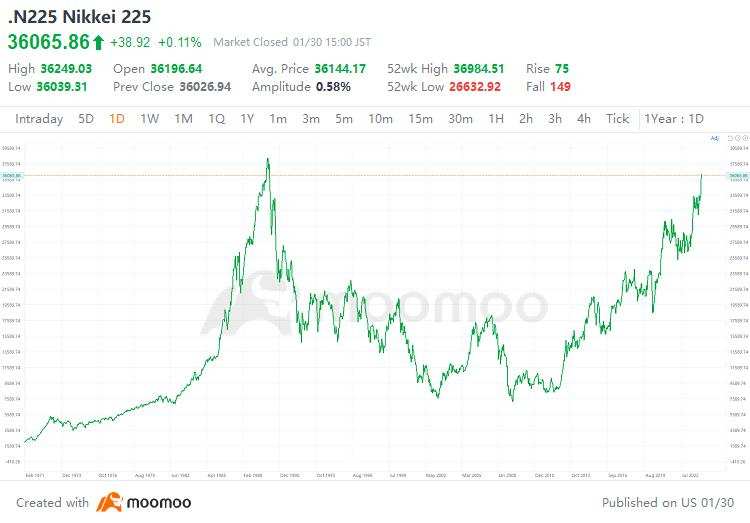TSLA
Tesla
-- 462.280 AMD
Advanced Micro Devices
-- 126.290 NVDA
NVIDIA
-- 140.220 PLTR
Palantir
-- 82.380 AVGO
Broadcom
-- 239.680 
Japanese companies are going to be doing more outbound M&A, that is clear. They are in a shrinking domestic market, with a shrinking population. They have to expand overseas. There is no choice.
U. S. Steel and NSC create a truly global steel company with combined capabilities and innovation capable of meeting our customers’ evolving needs. Our shared decarbonization focus is expected to enhance and accelerate our ability to provide customers with innovative steel solutions to meet sustainability goals.
Jefferies' deeper tie-up with SMBC Group should further lift its investment bank's revenue opportunity, building on the 2021 alliance that sought to bolster cross-border M&A and leverage finance.







safri_moomoor : Mogan stanley japan